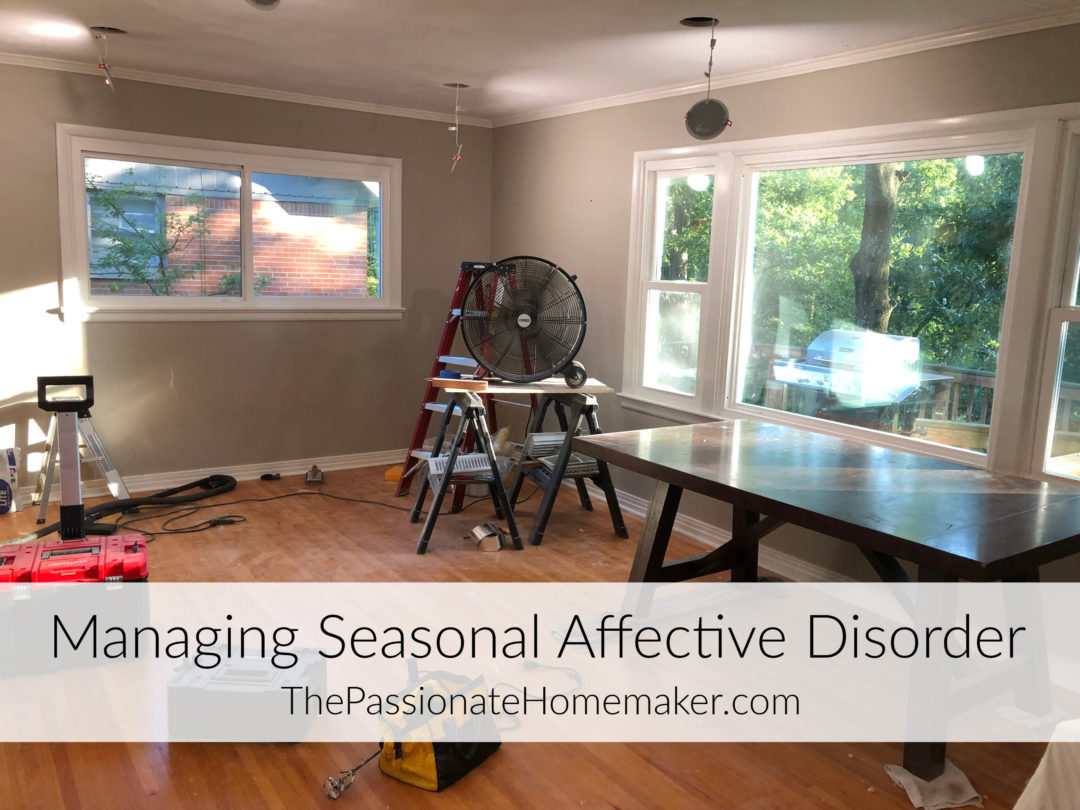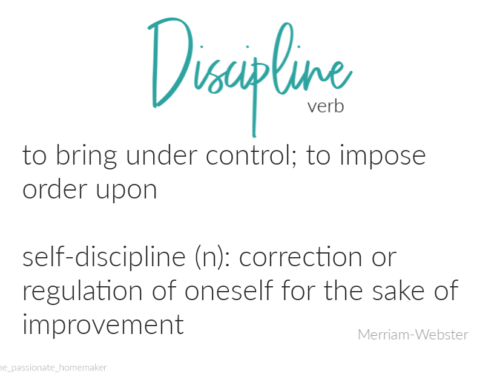*This post contains affiliate/referral links. It is a way for this site to earn advertising fees by advertising or linking to certain products and/or services.
It’s finally Fall, y’all!
If you’ve recently spent any time on social media, you’ve seen the memes and gifs touting pumpkin spice and everything nice: hay rides, cozy sweaters, colorful foliage, football, and all manner of autumnal delights. There are countless pleasures to be had this time of year. It’s my favorite!
There is a dark side to this time of year though. Literally.
Beginning on the Autumnal Equinox, our daylight hours gradually dwindle. The sun rises later each morning and sets earlier each evening. The changes are small – just a minute or two each morning and evening, but it’s noticeable after several days.
Thus begins the time of year when some individuals suffer from Seasonal Affective Disorder, aka SAD. It’s basically the winter blues on steroids.
What is Seasonal Affective Disorder?
Simply put, SAD is a seasonal depression that’s triggered by the change of seasons. It can happen during any season, but is most common between the Autumnal Equinox (which was September 28 this year) and the Vernal Equinox (which will be March 19, 2020).
January and February tend to be the most challenging months for those with SAD. It makes sense. After the excitement and festivities of the holidays have passed, life can feel a bit anticlimactic. And generally speaking, we don’t venture outdoors as often when the weather is cold and overcast. These two factors alone seem to be the makings for a personal slump, in my opinion.
Signs & symptoms of Seasonal Affective Disorder
General feelings of sadness or depression
Low energy, fatigue
Inability to concentrate
Difficulty sleeping – insomnia
Sleeping too much
Weight gain
Carb cravings
Loss of interest in pleasurable activities
Low libido
Feelings of hopelessness or despair
In severe cases, thoughts of suicide
Who is most susceptible to Seasonal Affective Disorder?
Those affected by SAD typically live in a temperate zone. And the further from the equator an individual lives, the greater the chances of experiencing this seasonal mood disorder. If you live in a town that is more overcast than not during the winter (been there, done that, bye Felicia!) you are also at increased risk for SAD.
I find it interesting that women are four times more likely than men to experience SAD.
Tips and Treatment
My #1 suggestion for coping with Seasonal Affective Disorder is to BE PROACTIVE. Don’t just sit back and wallow in your SAD state! There are plenty of things you can do to nurture your mind & body during this time of year so pull yourself up by your bootstraps and take care of yourself!
There isn’t a one-size-fits-all solution for Seasonal Affective Disorder. Try a few different things, and see what works best for you!
Ideas for Nurturing Yourself
Regular physical activity, something you actually ENJOY! Exercise releases endorphins and makes you feel better.
Lighten up. Install brighter light bulbs in your main living space. My fave bulbs are linked below.
Get an actual light box and spend 20-30 minutes in front of it each morning. (Please check with your doctor first as this is contraindicated wtih certain conditions/medications.)
Take a Vitamin D supplement.
Do more of what makes you happy! What hobbies do you enjoy? Is there something you’ve always wanted to learn? (I tend to knit more during the fall and winter.)
Practice mindfulness.
Give yourself grace. Acknowledge your struggles and be gentle with yourself. Treat yourself as you would a dear friend.
Choose light colors for your home interiors.
Keep your blinds open at home during daylight.
Sit near windows. Move your favorite chair or couch next to a window.
Go outside midday if possible, when natural light is brightest.
Eat plenty of fresh veggies & fruits when the carb cravings hit.
Keep warm. Wear comfortable clothes, turn up your thermostat, enjoy warm beverages & foods.
Keep your mind busy. Work on puzzles, learn something new, play games, read books.
Journal daily about your feelings. Be sure to include a few things you’re thankful for!
Socialize with people you enjoy. Family, friends, book clubs, networking groups… stay engaged with other humans.
Talk to a counselor. There’s absolutely no shame in getting professional help!
Find a local support group. And if there isn’t one, find one online or start one yourself!
Use a dawn-simulating alarm clock with full-spectrum light.
Utilize aromatherapy to boost your mood and/or promote restful sleep. Example: put a few drops of lavender essential oil in your evening bath.
Maintain a regular schedule. This will help regulate your circadian rhythm.
Take a vacation to a sunny place.
Talk to your doctor about medication if you think you might need it. Some people take antidepressants seasonally.
Keep in mind that this is literally just a season. It will pass!
Resources
Suicide Prevention Hotline 1-800-273-8255
My favorite light bulbs: Halo 6-inch Ultra-Thin LED Lens Downlight with Selectable Light Temperatureclick here




No Comments